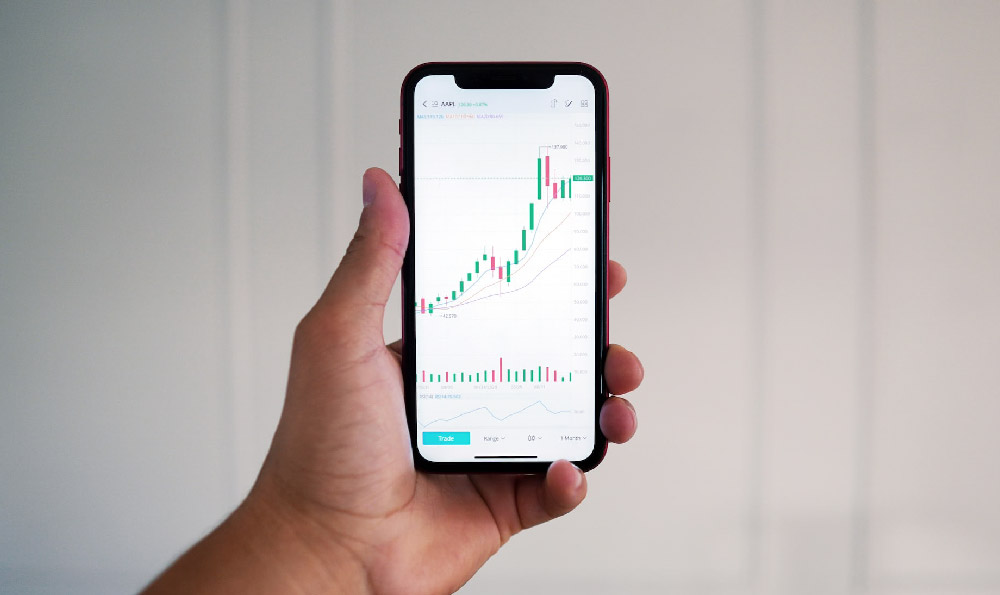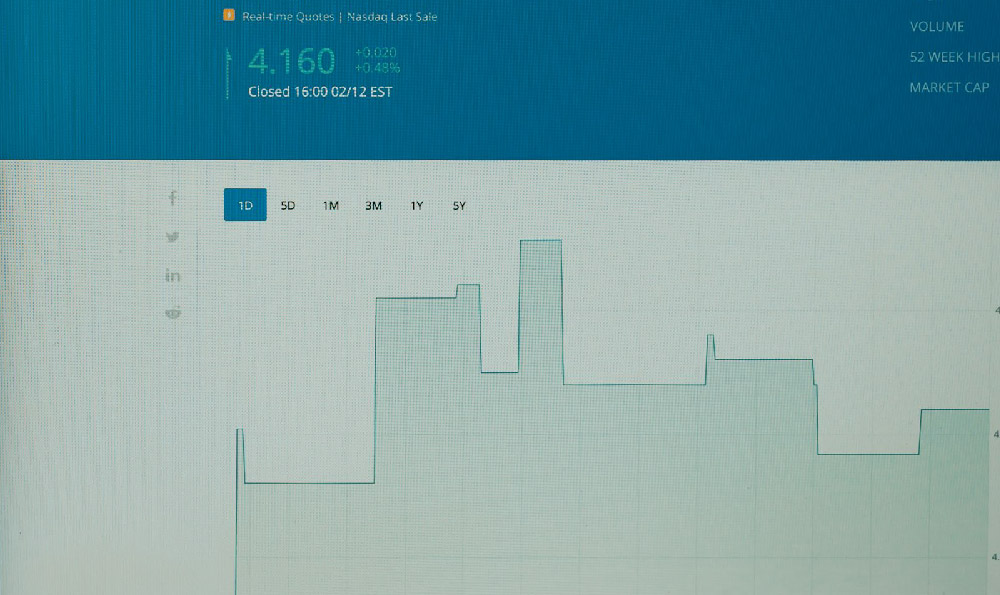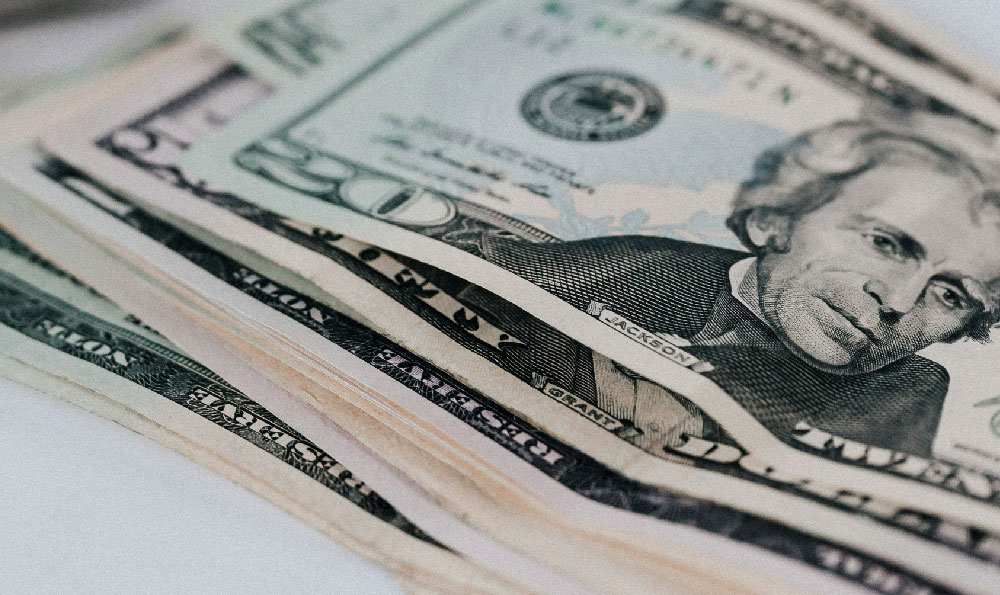How Does YouTube Profit? Can YouTube Monetization Really Work?
Let's delve into the fascinating world of YouTube's profitability and the potential for creators to generate income through the platform. Understanding the dynamics of YouTube's revenue streams and monetization options is crucial for anyone looking to either invest in the company (Alphabet Inc., its parent) or build a career as a content creator.
YouTube itself primarily profits through advertising. This is the core of their business model. Think of it like this: YouTube provides the platform, the audience, and the infrastructure, and in return, they earn revenue from displaying ads to viewers. These ads come in various forms – pre-roll ads (those that play before a video starts), mid-roll ads (appearing during longer videos), display ads (banners around the video player), overlay ads (semitransparent ads on the video), and sponsored cards. The price advertisers pay for these ad slots depends on a multitude of factors, including the ad format, the target audience, the video's content, and the overall demand for advertising on the platform.
The revenue model YouTube employs is largely based on Cost Per Mille (CPM) and Cost Per Click (CPC). CPM, or cost per thousand views, is the amount an advertiser pays for every thousand times their ad is shown. CPC, or cost per click, is the amount an advertiser pays each time a viewer clicks on their ad. CPM is generally the more prevalent model for video ads. A crucial element in determining YouTube’s profitability is the ability to accurately target ads to the right viewers. The more relevant the ad is to the viewer, the higher the likelihood of engagement (clicks, views, purchases), and the more valuable the ad becomes to the advertiser. YouTube’s sophisticated algorithms analyze viewer data – viewing history, search queries, demographics – to serve highly targeted ads. This targeted advertising drives higher CPMs and ultimately contributes significantly to YouTube’s overall revenue.

Beyond advertising, YouTube has been actively diversifying its revenue streams. YouTube Premium is a subscription service that offers ad-free viewing, background playback, offline downloads, and access to YouTube Music Premium. This subscription revenue is a direct income stream for YouTube and a compelling option for viewers who consume a lot of content on the platform. The revenue is shared with creators whose content is viewed by Premium subscribers, providing them with an alternative monetization avenue independent of ad performance.
Another source of revenue is YouTube TV, a subscription-based live TV streaming service. While not directly related to the core YouTube platform, it contributes to Alphabet’s overall earnings and further solidifies YouTube's position as a dominant player in the video content market. Super Chat and Super Stickers, features available during live streams, allow viewers to pay to have their messages highlighted in the chat. This is a direct way for viewers to support their favorite creators and a significant revenue stream for some channels. Furthermore, Channel Memberships allow viewers to pay a recurring fee for exclusive perks, such as badges, custom emojis, and exclusive content. These memberships foster a stronger sense of community and provide creators with a predictable income stream.
Now, addressing the second part of the question: Can YouTube monetization really work for content creators? The answer is a resounding yes, but with several important caveats. While YouTube monetization can be incredibly lucrative, it's not a get-rich-quick scheme. Success requires dedication, hard work, consistent content creation, and a strong understanding of the platform's algorithms and best practices.
The most common way creators monetize their channels is through the YouTube Partner Program (YPP). To be eligible for the YPP, creators must meet certain criteria, including having at least 1,000 subscribers and 4,000 valid watch hours in the past 12 months. They also need to adhere to YouTube's monetization policies and community guidelines. Once accepted into the YPP, creators can enable monetization on their videos and earn revenue from the ads that are displayed.
The amount of money creators earn through ad revenue varies significantly depending on several factors. These factors include the CPM (as mentioned earlier), the RPM (Revenue Per Mille, which represents the actual revenue a creator earns per thousand views after YouTube takes its cut), the video's watch time, the audience demographics, and the type of content being created. Some niches, such as finance, technology, and education, tend to have higher CPMs than others, leading to higher earnings for creators in those fields. Content that appeals to a wider demographic, particularly those in developed countries, often attracts higher ad rates.
Beyond ad revenue, successful YouTubers often diversify their income streams through other monetization methods. These include:
- Sponsorships and Brand Deals: Collaborating with brands to promote their products or services in videos.
- Affiliate Marketing: Recommending products and earning a commission on sales made through affiliate links.
- Merchandise: Selling branded merchandise, such as t-shirts, mugs, and stickers.
- Crowdfunding: Using platforms like Patreon to solicit direct support from fans.
- Selling Online Courses or Digital Products: Creating and selling educational content or other digital products related to their niche.
The key to successful YouTube monetization is to build a loyal audience, create high-quality content that people want to watch, and consistently engage with viewers. Understanding YouTube analytics is also crucial. Analyzing data on viewer demographics, watch time, and traffic sources can help creators optimize their content and improve their channel's performance. Building a strong brand identity is also essential for attracting sponsorships and building a sustainable business. Finally, adapting to the ever-changing YouTube algorithm is critical. YouTube frequently updates its algorithm, and creators need to stay informed about these changes and adjust their strategies accordingly to maintain visibility and engagement. In short, while YouTube monetization offers significant potential, it's a competitive landscape that requires strategic planning, consistent effort, and a deep understanding of the platform. The rewards are there for those willing to put in the work and build a thriving online presence.















